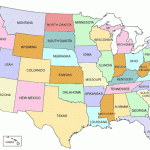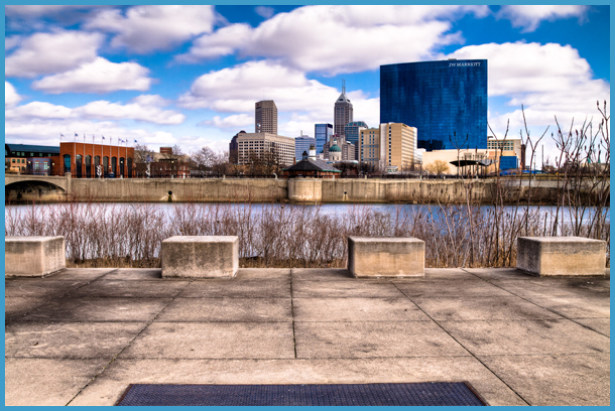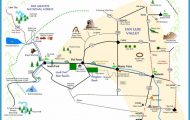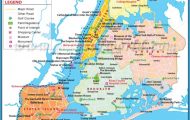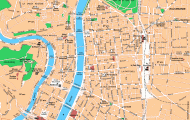CULTURAL CONTRIBUTIONS
Latinos moving into the state were quick to establish a rich community life in such cities as Gary and East Chicago. The maintenance of a Latino culture came to depend on several communication media such as newspapers and radio, as well as on leisure-time activities, sports, festivals, and dances. Dramatic performances were one of the visible art forms carried out in the community. At least five theater groups were active during the 1920s. They were associated to the two central institutions at the time: the Catholic Church and the Mutual Aid Society. The existence of the theater groups followed the ups and downs of the community, and thus they disappeared by the mid-1930s. A recovery of theatrical activity
The Mexican Spirit Lives On. From author’s personal collection. Courtesy of Julio Pantoja. followed World War II, so that performances of Christmas plays and plays on the Guadalupe theme made a comeback in the 1950s and 1960s. By the early 1960s new groups had been formed, such as El Teatro Experimental Talia and El Club Artlstico Guadalupano. With the advent of the civil rights movement, students and community activists used theater as a political tool to educate and discuss key issues affecting Latinos. El Teatro Desengano del Pueblo is the best exponent of this type. Indiana audiences also enjoyed performances by groups such as El Teatro del Barrio, a Chicano group from South Chicago, and El Teatro de Artes Chicanos from San Antonio.
A new phase in the history of Indiana has started in the early 1990s. Their skyrocketing growth, owing mostly to migration from Mexico, has been impacting greatly the old and new areas of settlement. With their presence and bustling activity, Latinos have been transforming some institutions; both in their makeup as well as in the ways they function. In many districts Latino children are already half the school population. They are also changing the face of the Catholic Church, and Spanish-speaking priests are in short supply; three of every four baptized children are Latino, and classes for quinceanera celebrations are overbooked.
The growing numbers of Latinos and their concentration in cities such as Indianapolis, the state capital, have created markets for Spanish media for example, La Onda Latino Americana newspaper, several radio stations, and Univision’s WIIH TV station. In Indianapolis alone, where Latino residents are estimated to number 100,000, there are miles of commercial strips that cater to Latino customers including 100 Mexican restaurants, and several nightclubs advertising salsa dance nights.
Latinos participate in mainstream events such as the Indiana State Fair, and they also organize their own, such as Fiesta Indianapolis, the premier local Latino cultural event. These activities are in addition to the annual Puerto Rican Parade, Cinco de Mayo which has become not just a Mexican, but also a Pan-Latino celebration and other traditions such as the Day of the Dead, with its vigils, processions, parties, music, and food.
In other realms, Latinos hold also the potential to influence the host society with their values. Most of them come from rural areas imbued with traditions that rely on family cohesiveness and group solidarity. Strong work ethic and solid family principles remind many Hoosiers of their own cherished, but fading, conservative standards.
Latinos working within institutions of higher learning in Indiana are making intellectual contributions, particularly those in academic departments and research centers whose focus is the Latino experience. A case in point is the Institute for Latino Studies at the University of Notre Dame. The institute conducts demographic, economic, and political analyses. Its areas of study include also Latino art, spirituality, and literature. Their latest project, for instance, locates and surveys Latino art collections, museums, galleries, and cultural centers to produce a chronological survey of the history of Latino art in the Midwest.
NOTES
1. Indiana Commission on Latino/Latino Affairs, 2006 Demographic Overview of Latinos/Latinos in Indiana, http://www.in.gov/ichla/pdf/2006_Indiana_Latino-Latino_ Overview.pdf.
2. http://quickfacts.census.gov/qfd/states/18000.html, accessed January 28, 2007.
3. Fry, The Changing Landscape, Pew Latino Center, October 2006, 36, http://pewLatino. org/files/reports/72.pdf.
4. Indianapolis Star, Real Estate Agents Court Latinos, February 20, 2005, http://www. mdrealtor.org/Tool_Kit/03_2_05.html, accessed November 22, 2006.
5. Latino-owned Firms, 2002, http://www.census.gov/prod/ec02/sb0200chisp.pdf, 20, accessed February 28, 2007.
6. Aponte, Latinos in Indiana, Statistical Brief No. 11, Julian Samora Research Institute, Michigan State University, July 1999, 22.
7. http://quickfacts.census.gov/qfd/states/18000.html, accessed January 11, 2007.
8. U.S. Census Bureau, Census 2000 Summary File 1, Matrix PCT11, http://factfinder. census.gov, accessed January 18, 2007.
9. The Emergency Quota Act of 1921 and the Immigration Act of 1924 cut the quotas for foreigners from 3 percent of persons of each nationality living in the United States to
2 percent, using as base the census of 1890. David Kennedy et al. The Brief American Pageant, 6th ed. (Boston, MA: Houghton Mifflin, 2004), 445.
10. Mohl, 1987, 94.
11. Mohl, 1987, 104.
12. Samora and Lamanna, 1987, 229.
13. Maldonado, 1987, 203-204.
14. Aponte, Latinos in Indiana, Statistical Brief No. 11, Julian Samora Research Institute, Michigan State University, July 1999, 3.
15. Heartland Center. On Many Edges, Winter 1996, ii.
16. Heartland Center. On Many Edges, Winter 1996, iii-iv.
17. All figures in this paragraph taken from Anne M. Santiago, Life in the Industrial Heartland: A profile of Latinos in the Midwest, Research Report No. 2, Julian Samora Research Institute, May 1990, 10-18, http://www.jsri.msu.edu/RandSFresearch/irr/rr02.html, accessed January 12, 2007.
18. De la Rosa, Latinos at Indiana, Latino Alumni Newsletter, 4, http://alumni.indiana. edu/conpubs/archives/latino-spr03.pdf, accessed January 28, 2007.
19. Mohl, 1987, 96.


